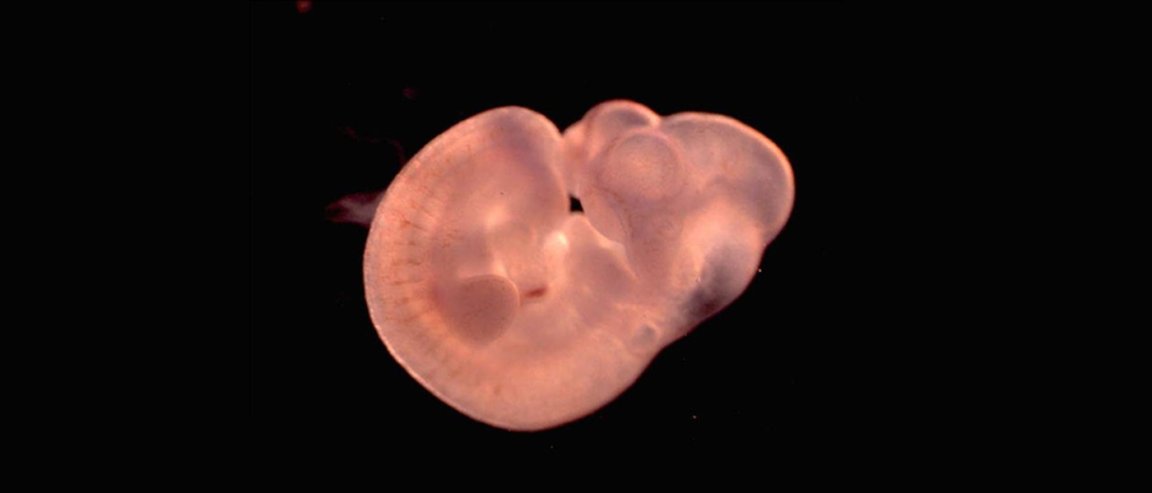
Arrested Development
Sometimes things work better than expected.
A team from the University of California, San Francisco has stumbled upon a method to effectively render mouse embryos in a state of suspended animation, “freezing” the cells from growing and then reviving them weeks later.

The researchers were only looking for a way to slow cell growth in mouse blastocysts, essentially embryos that haven’t been implanted to the uterus yet. But instead of just slowing down, all cell growth stopped.
This was achieved in the study by playing with mTOR inhibitors. These drugs target mTOR, one of the main proteins responsible for the regulation of different cell processes.
And when the scientists stop applying inhibitors, the blastocyst is up and running immediately. The research was able to suspend development of the embryo by as much as four weeks.
The ability is not really new to mice. Stressed pregnant mice can enter a diapause, where expectant animal mother can pause the pregnancy during a highly stressful time, such as when lack of food occurs.
But its more than just embryos. The researchers were also able to “freeze” embryonic stem cells, the drugs slowing down much of the gene activity that occurs inside the stem cell.
More than Pregnancies
This actually has far-reaching implications in many fields. Developing this technique for early stage embryos and stem cells may indicate that something like this might work on fully-formed cells, and tissues. This means we may one day see doctors “freezing” part of a patient’s body to stop the spread of disease at the source.
This can also help give a bigger time window to people who want to scan early-stage pregnancies for potential genetic defects. Blastocysts could be suspended and then handed to the lab for further testing, preventing wasted samples in the process.
The development may actually have bearing in cancer research. Inhibitors that target mTOR are also being studied for battling cancer cells. This means that experimenters who combat using mTOR may find that some of the cells could be rendered dormant by the action of the inhibitor.